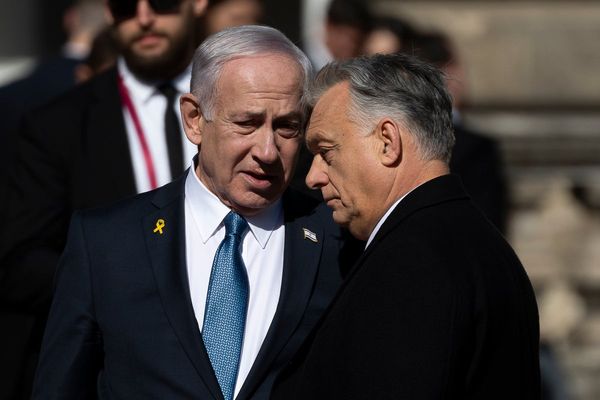
Paul Graham visited Northern Ireland for the first time in 1984. “I was in my mid-20s and curious,” he says. “I wanted to see for myself what was happening there.” Travelling around the province in a rental car, he was immediately struck by the gentle beauty of the countryside, but also felt “a vague sense of fraughtness and unease” as he passed through villages bedecked with either union jacks or Irish tricolours.
Graham had already made two acclaimed books of quietly observant documentary photography in the early 80s: A1 – The Great North Road, for which he travelled the entire length of the route, and Beyond Caring, which was shot in unemployment offices around the UK. The social landscape of Northern Ireland during the Troubles, though, was a different kind of challenge for a young photographer who, as he now puts it, “wanted to find out what was going on there in my name”.

Graffiti, Ballysillan Estate, Belfast, 1986.
In the countryside, his presence attracted curiosity from local people unused to seeing a stranger with a camera, who seemed to be taking pictures of fields, hills and deserted roads. On the territorial streets of Belfast and Derry, he understandably felt more anxious. “I was an English guy travelling alone and I didn’t have a press pass,” he says. “It was frustrating because I couldn’t just go and hang out in bars as I thought I’d be an object of suspicion. So, apart from meeting a few friends, I spent a lot of time on my own.”
That sense of distance, physical and psychological, informs every image in his classic photo-book, Troubled Land, which is just about to be republished. Comprising determinedly elliptical landscape photographs he made on around a dozen trips to Northern Ireland between 1984 and 1986, it is a study in what might be called detached engagement. The opening image is indicative of his approach: a tall tree taken across an expanse of green field with a mountain in the background. It takes a moment to register the union jack fluttering atop the highest branches. The second seems even more mundane: a view of the border town of Strabane from a vantage point on an overgrown hill above a row of houses. One has to look really closely to pinpoint the gaggle of people passing on a street far below – marchers in a republican parade.

Republican Parade, Strabane, 1986.
Ironically, the most well-known image from the book is perhaps the least typical: an elevated view of the loyalist Ballysillan housing estate in Belfast, with the outline of Cave Hill visible in the background beneath glowering rain clouds. In the foreground, the word “BEWARE” is painted in bright orange capitals on a low wall. Here, Graham’s personal sense of “fraughtness and unease” is made palpable, the absence of people imbuing the sprawling landscape with an even more ominous aspect.
The day after we speak, Graham emails me a press photograph he remembers from that time. It shows a bunch of youths in Belfast throwing stones at the army and behind them a line of British press photographers, all of them essentially taking the same picture. “I had that photo pinned to a wall in my studio as a constant reminder of what I did not want to do,” he tells me over the phone from New York, where he has lived since the 1990s. “I had to find a more elliptical approach. Subconsciously, when you work on a project, you find what is necessary and, in this instance, it was to start photographing from a distance and steadily move in closer.”
So understated were the resulting images that, when the book was first published in 1987, a reviewer saw the resulting photographs as a kind of denial of the contested politics of place and identity that so defined Northern Ireland in the public consciousness. They are, in fact, visible throughout, hiding in plain sight. “You have to look closely to work out what is going on and where,” Graham says now. “Essentially, they are conflict photographs masquerading as landscape photographs.”

‘P.R.O.V.O.S.’ (Provisional IRA Graffiti), Newry, 1985.
Back when Troubled Land first appeared in 1986, I remember being jolted by the deep familiarity of Graham’s almost ordinary landscapes: country roads bisecting well-tended fields beneath big, cloud-brushed skies; rainswept red-brick streets and sprawling suburban housing estates; mysterious biblical quotations – “Eternity Where” – painted on handmade wooden signs nailed to roadside trees. His images evoked a profound sense of the place I grew up in, all the more so because they eschewed the usual cliches of reportage: clamorous protests, riots, burning cars and bombed buildings.
Thirty-five years after it was first published, that remains the case, many of his landscapes seeming both of their time and oddly timeless. In Northern Ireland, tribal flags and contesting political posters still proliferate and biblical verses still appear like warnings nailed to trees and posts along country roads. “I had all my preconceptions challenged almost from the moment I arrived there,” says Graham. “Nothing correlated to what I’d read or been told. The calm, distant overview was really the only path I could take.” It resonates still.
Troubled Land by Paul Graham is published this month by Mack (£45)







